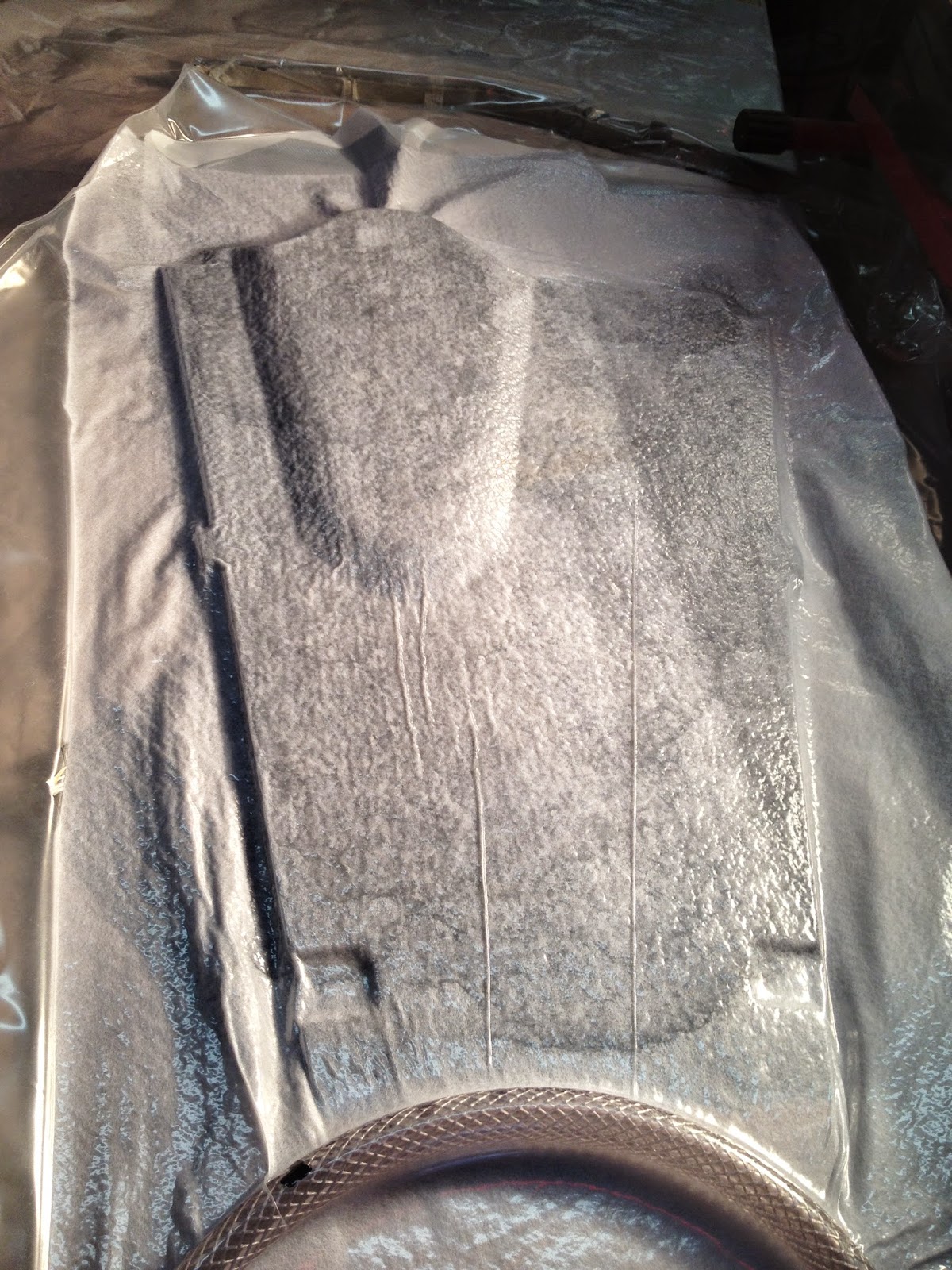The Akas are attached to the main bulkheads with 18mm bolts. The bolts are carried through the beam holes with a 20mm (3/4 inch) G10 tube liner. I needed to bore the holes through the solid interior of the beams before the first layer of carbon cloth. CNCed holes are marked on the plywood sides and I did not want to lose the reference marks under the cloth.
This is one of those seemingly simple tasks that takes a lot of pondering and worry. The holes must be perpendicular to the beam all the way through and be accurately located so that they will mate properly with the bulkheads.
All kinds of little issues arise for consideration:
- How do you level an 18 foot beam with one end across a drill press table?
- There is not enough throw on the drill press without shifting the tables and re-leveling in the middle of a hole.
- How do you drill an accurate hole without using a drill press?
- The forstner bit is not long enough.
- The forstner bit extension does not fit a metric forstner bit correctly.
- The collar on the bit extension does not fit down into the hole.
Finally found a drill stand for a hand drill, but would it be accurate enough?
G10 (Garolite) Tube
Setup that allowed a hole "almost" deep enough. It would not reach the last millimeter, but the point of the bit went through for reference.
A 3/4 inch hole that has been sanded slightly with a dowel covered with sandpaper. The 3/4 inch tube fits snugly through most of the hole. There is a little extra room at the top where the original hole in the plywood is slightly bigger (2mm), but the tube is squared in all directions.
All you can say when you drill that first hole and it is OK is whew.
Task time: 2 hours
Total project time: 311 hours

















































